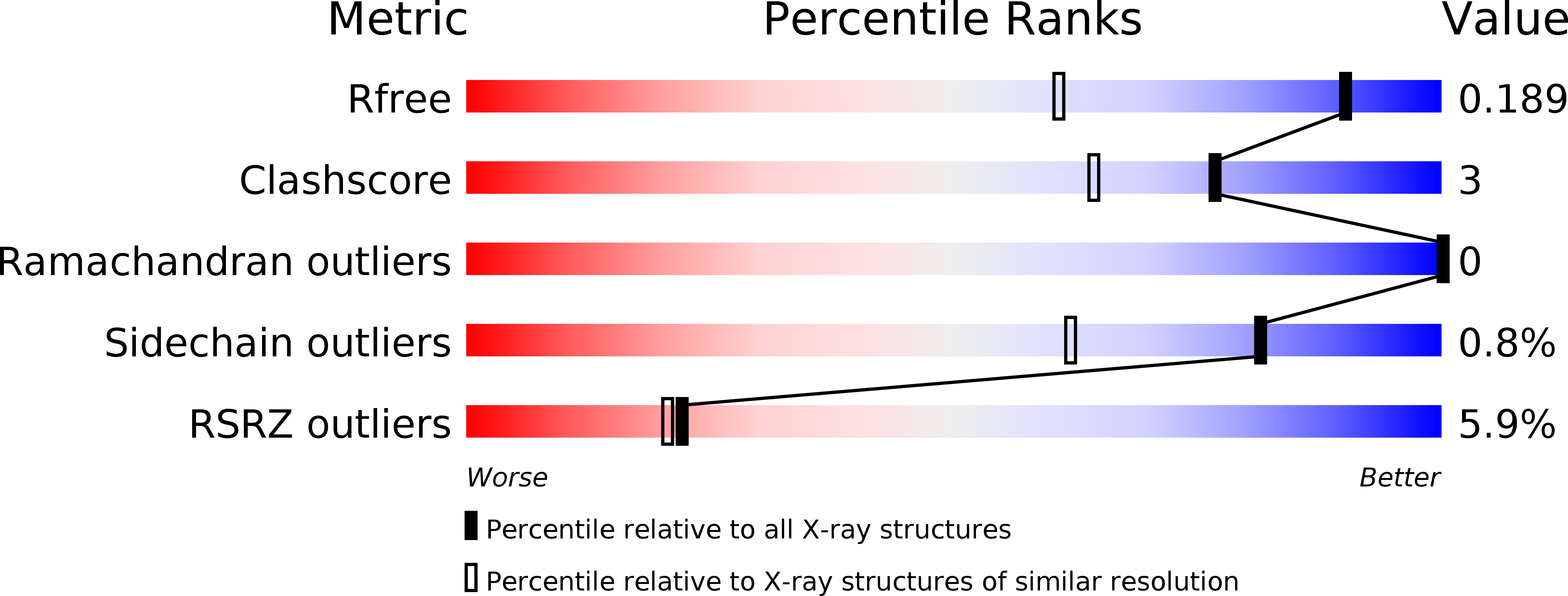
Deposition Date
2013-10-07
Release Date
2014-04-09
Last Version Date
2024-11-20
Method Details:
Experimental Method:
Resolution:
1.40 Å
R-Value Free:
0.18
R-Value Work:
0.14
R-Value Observed:
0.15
Space Group:
P 21 21 21


